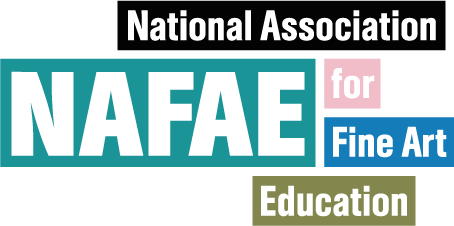Abstract
Our project aimed to explore how the medium of radio can be used to generate a sense of proximity, presence, and shared learning for PhD students while studios were inaccessible during lockdown. We asked how the unique sensory and spatial qualities of radio could generate a community across and beyond the boundaries of the University. We wanted to explore the extent to which radio might function like Deleuze’s ‘crystalline image’ in film, bringing together discontinuous times and spaces into a sense of now.
We established a website, live streaming, and archival platform for oHPo, and led a series of workshops and listening spaces with masters and PhD students in our newly joined humanities, communications & media, and art & design research institutes. Through embedded reflection, the workshops questioned strategies of structured delivery that posit the radio space as a platform for outcomes (a ‘shop window’) and instead foregrounded a process whereby content emerges from (and creates) relationships. Careful and responsive working by Emma grew four broadcasts: the first with an individual student using radio space to explore the intersections of disability and class; the second exploring the nostalgia and strangeness of a degree show via a broadcast recorded live at from S1Artspace. The third broadcast was a programme curated by Julia Calver (PhD candidate) exploring the ‘co-articulates’ of individuals, group and structures, and including submissions from across humanities and art and design. Finally, we undertook a spoken word collaboration between Glasgow School of Art and the University of Glasgow, that developed a community of alumni and students from three institutions.
Radio offers opportunities for diverse and shared curiosities to come together not just in the flattened screen space, but also in the sonic materiality of a listening space. It gave PhD students a material space—a studio—to consider ‘audience’, and to resist the isolated space of lock-down. The capacity of radio to bring the individual space of the listener into the shared experience of the specific times of listening (the scheduled broadcast) created the sense of ‘event’ that was missing from pandemic life—you had to be ‘there’. We are excited by the amorphous identity of the project: its edges are fluid—they oscillate with the different frequencies of the communities it draws together. Its developing processes and funding (with some additional support from teaching and PhD training budgets) intersect teaching, research, arts practice, and disciplines and levels of students. It is a space of liveliness and productive ‘indistinction’ which give a sense of possibility about other ways to learn and be together through and beyond the pandemic.
Bios
Emma Bolland is an artist and PhD candidate at Sheffield Hallam University. emmazcbolland@gmail.com
Becky Shaw is an artist, Reader in Fine Art and Postgraduate Research Tutor for Art, Design and Media Arts at Sheffield Hallam University.
b.shaw@shu.ac.uk

